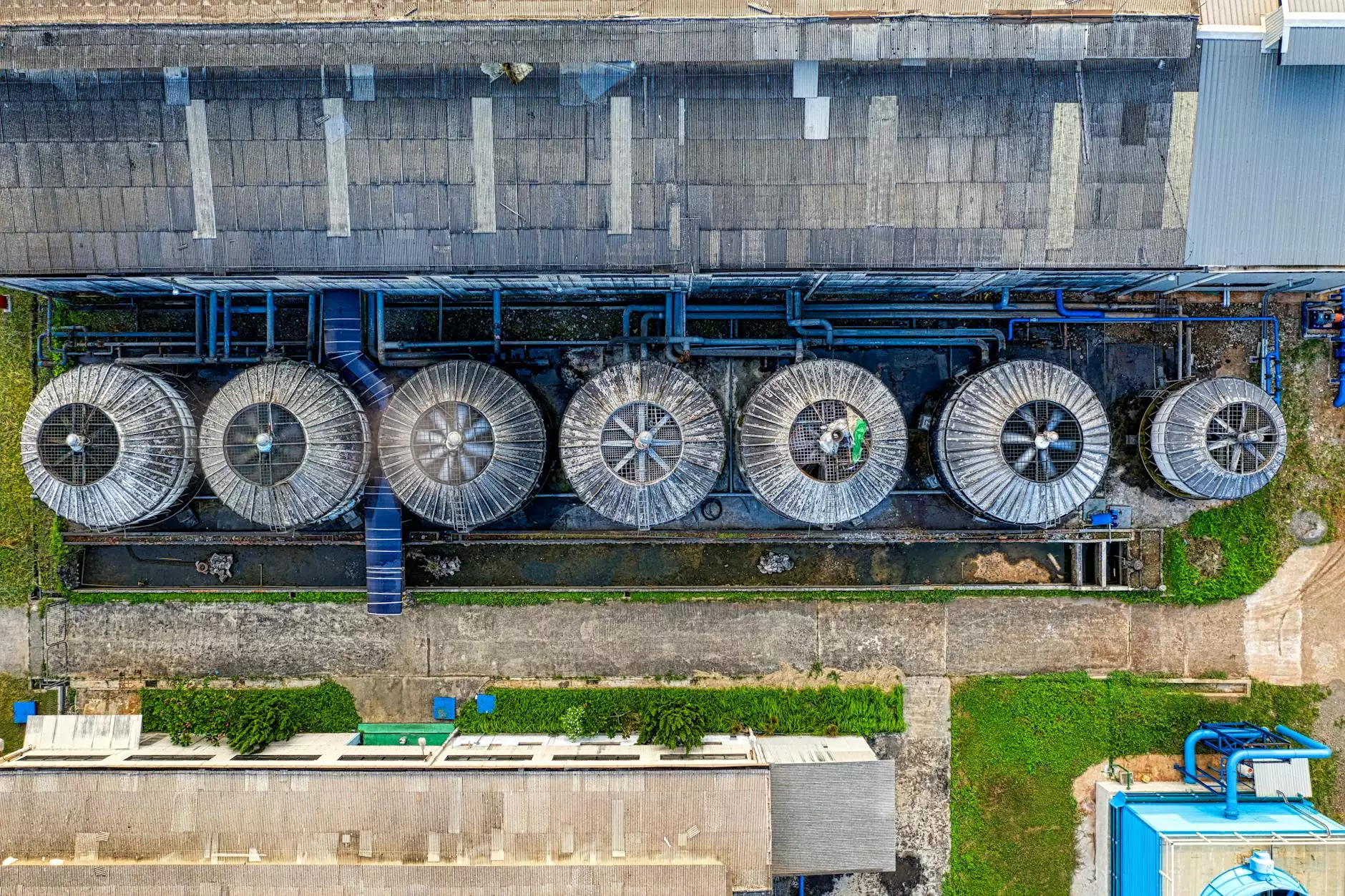Facts First: Explaining Sargassum - Key News
Travel
The Intriguing World of Sargassum
Welcome to Ageless Wisdom Magazine's comprehensive coverage on Sargassum, a unique marine phenomenon that has captured the attention of researchers, environmentalists, and enthusiasts alike. In this article, we delve deep into the mysteries surrounding Sargassum, shedding light on its characteristics, impact on the environment, and its relevance to our daily lives.
The Origins of Sargassum
Sargassum refers to a genus of brown macroalgae that flourishes in the open ocean waters. It is predominantly found in the Sargasso Sea, a region in the North Atlantic Ocean, known for its distinctive floating seaweed ecosystem. Unlike most seaweeds that attach to the ocean floor or rocks, Sargassum can drift freely in the water due to its specialized gas-filled bladders.
The Importance of Sargassum Ecosystems
Sargassum ecosystems provide a vital habitat for a diverse range of marine organisms. Numerous species of fish, invertebrates, and even sea turtles rely on Sargassum mats for shelter, protection, and food. Additionally, Sargassum acts as a nursery for various juvenile marine animals, allowing them to grow and develop away from predators in a nutrient-rich environment.
The Enigmatic Sargassum Bloom
In recent years, the occurrence of massive Sargassum blooms has raised concerns globally. These blooms, also known as Sargassum seaweed influxes, can have significant ecological, economic, and social impacts. While the exact triggers of these blooms remain a subject of ongoing research, factors such as ocean currents, nutrient availability, and climate change are believed to play a role.
The Effects of Sargassum Blooms
Sargassum blooms can have both positive and negative effects on coastal environments. On the positive side, when the seaweed decomposes, it enriches the coastal soil, providing nutrients for land-based plants. Furthermore, Sargassum provides a natural barrier against coastal erosion, safeguarding shorelines from storm damage.
However, excessive Sargassum seaweed influxes can also cause significant challenges. When large quantities of decaying Sargassum wash ashore, it can lead to foul odors and impact tourism in affected areas. Moreover, excessive accumulations of Sargassum can shade out seafloor plants and alter existing marine ecosystems.
From Nuisance to Resource
Recognizing the potential of Sargassum seaweed, scientists and entrepreneurs are exploring innovative ways to transform this natural phenomenon into a sustainable resource. Studies are underway to investigate the use of Sargassum biomass in the production of fertilizers, livestock feed, and even biofuels. These endeavors not only aim to mitigate the negative impacts of Sargassum blooms but also harness their potential for economic and environmental benefits.
The Future of Sargassum Research
As Sargassum continues to intrigue researchers and ocean enthusiasts, ongoing studies are focused on understanding the underlying dynamics of Sargassum blooms, predicting their occurrence, and identifying effective mitigation strategies. The interdisciplinary nature of Sargassum research necessitates collaboration between marine biologists, climatologists, oceanographers, and other experts to gain a holistic understanding of this complex marine phenomenon.
Experience the Wonders of Sargassum
At Ageless Wisdom Magazine, we invite you to explore the fascinating world of Sargassum, from its origins in the Sargasso Sea to its ecological impact and potential economic uses. Stay tuned as we bring you the latest scientific discoveries, expert opinions, and captivating stories surrounding Sargassum. Join us on this journey of knowledge and discovery as we unravel the mysteries of this remarkable marine phenomenon.




